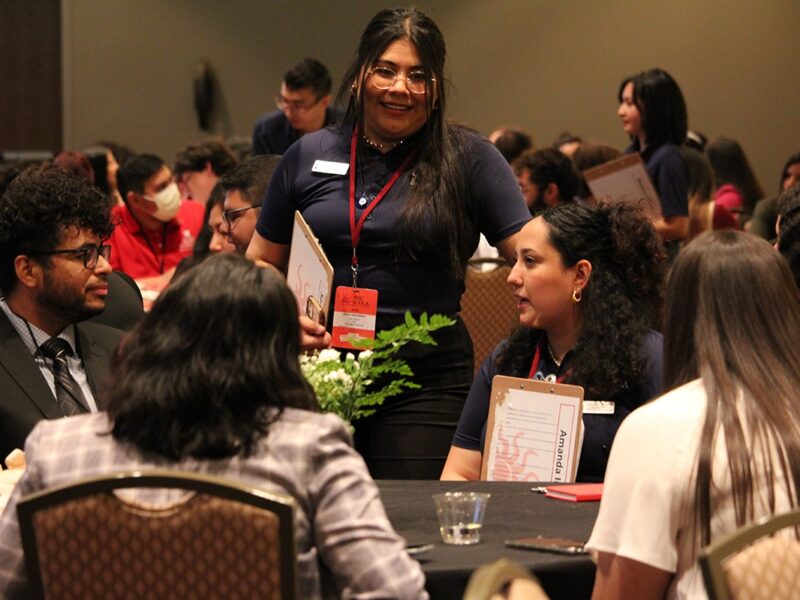Texas A&M University Press Book Recognized As One Of The ‘Best Of The Best’
 The American Library Association has chosen a Texas A&M University Press book, Continental Divide: Wildlife, People and the Border Wall by Krista Schlyer, for inclusion in its annual presentation of “The Best of the Best from the University Presses: Books You Should Know About.”
The American Library Association has chosen a Texas A&M University Press book, Continental Divide: Wildlife, People and the Border Wall by Krista Schlyer, for inclusion in its annual presentation of “The Best of the Best from the University Presses: Books You Should Know About.”
Five librarians will announce the winners at a panel June 30 at the ALA annual conference in Chicago, which will also be recorded by C-Span’s BookTV. The book was selected from hundreds of entries made by university presses for the annual University Press Books for Public and Secondary School Libraries.
A popular and trusted acquisitions resource, the university press bibliography is the product of a longstanding collaboration between the AAUP, the American Association of School Librarians and public libraries.
About Continental Divide: Wildlife, People and the Border Wall
A still largely unknown place at the knees of North America, the U.S.-Mexico borderlands region stands at political crossroads. The development of the border wall dividing this region – a sprawling landscape that has seen the birth of jaguars, the budding of saguaro cactus and the footsteps of a million migrants – has sparked hot debates regarding illegal immigration, international politics and the drug war.
In her new book Continental Divide, author and photographer Krista Schlyer gives voice to a lesser-known aspect of the debate ─ the wall’s destructive impact on wildlife.
In unforgettable images and evocative text, Schlyer explains how the wall has not only disrupted the ancestral routes of wildlife, it has also rerouted human traffic through the most pristine and sensitive of wildlands, causing additional destruction, conflict and death – all without solving the original problem.
Contrary to popular belief, the U.S.-Mexico borderlands harbor some of the richest, wildest and most biologically diverse lands in the U.S. and Mexico, and is home to rare creatures and ecosystems found nowhere else on the planet. Jaguars, ocelots and jaguarundis, mountain lions, bobcats, and five of North America’s six cat species are found here, along with Mexican wolves, black bear, hundreds of bird, butterfly, and dragonfly species, saguaro, organ pipe and cholla cactus. This is a location that needs protection – not isolation and militarization.
While estimates for the lifetime cost of the current 650 miles of border wall have ranged from $8 billion to $50 billion, there is no compelling evidence that the wall has had an impact on cross-border human traffic. Hundreds of tunnels have been dug under it, thousands of ladders have been found near it, women and children have been seen climbing over it. During her research, Schlyer even witnessed chunks being removed from it so that cars could drive through.
Many wildlife have been spotted pacing along the wall trying to find a way across; some have died trying. Sonoran desert toads have been videotaped jumping against the wall until they simply expire, exhausted. With the life cycles of thousands of wild species depending on the freedom to move unfettered through this region, the wall is an unnatural barrier to their existence. How long will it continue to threaten the lives of many creatures?
About the Author
Krista Schlyer is a writer and photographer based in the Washington, D.C. area. Her work has appeared in National Parks, Defenders, High Country News, Ranger Rick, National Geographic News, Audubon and Outdoor Photographer. She is a member of the International League of Conservation Photographers and the North American Nature Photographers Association.
Media contact: tamunews@tamu.edu.





